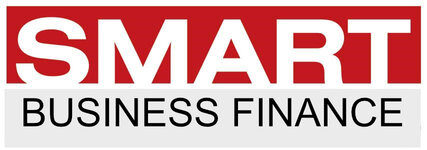
Why You Should Choose an Independent Factoring Company over a Bank
When choosing a factoring company, businesses must decide between independent factoring companies and traditional bank factors. In this blog, we will discuss four reasons why independent factoring companies are the better choice for businesses.





